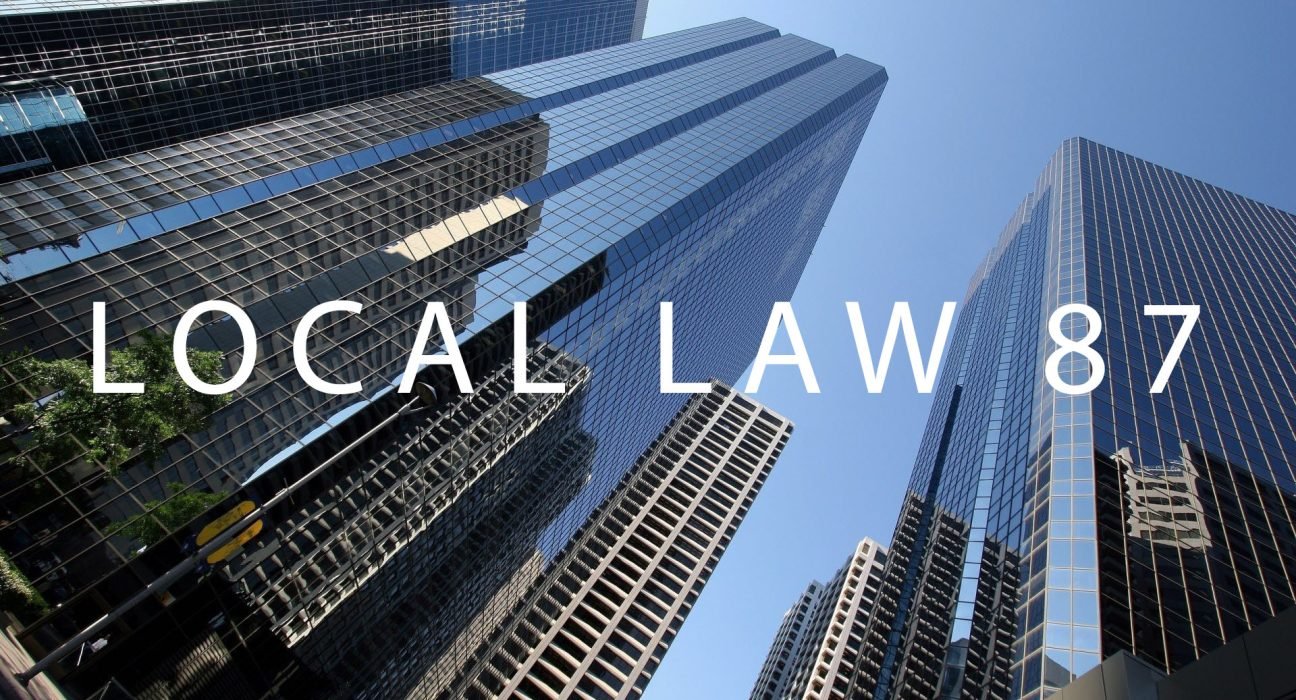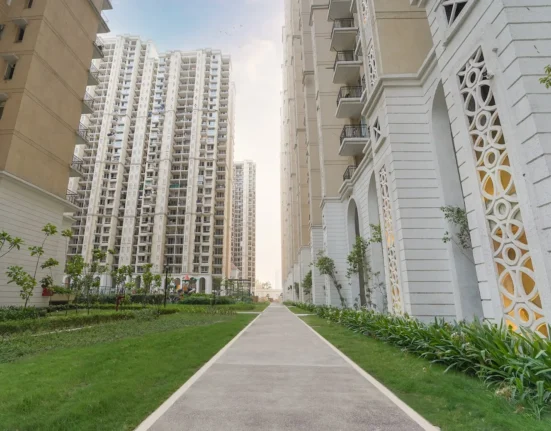Introduction
Local Law 87 (LL87) requires all structures situated in New York City, which are spread over an area of 50,000 square feet or more, to do regular audits. It is consistent with the Greener, Better Buildings Plan (GGBP). This regulation requires property owners to record their energy consumption through audits, which assess and evaluate energy usage, and retro-commissioning, which ensures installation and functioning of the appropriate system.
How to meet the compliance need of Local Law 87?
As a country citizen, you must comply with all the rules and regulations. There is a heavy punishment if you do not follow these guidelines. Thus, you should file the report on time to prevent worst-case circumstances.
These requirements applied to major structures were implemented as a component of the Greener, Greater Buildings Plan (GGBP) program, which started in 2009. In this article, we will discuss Local Law 87 in great depth.
Submission of reports every ten years
All the buildings spread over 50,000 feet or more are liable to comply with Local Law 87 and file the assessment report every ten years. Such facilities must provide the Energy Efficiency Analysis to the Department of Buildings by the date of submission listed after their property tax number.
1) Energy audit:
The property must be audited in the sight of an energy auditor, as well as all audit findings must be reported to the Department of Building as a report. The report should include audit and retro-commissioning information. All essential building systems, including the
- Building envelope
- Ventilation System
- Power and lighting systems
The audits must discover all possibilities and financial upgrades that could lead to lower energy consumption or expenditures and the corresponding profits installation costs.
2) Retro-Commissioning:
After completing an energy efficiency assessment, owners must guarantee that the important fundamental components have been retro-commissioned by an agency. The report should have the following:
- The estate’s fundamental base
- Listing of existing devices especially heavy construction equipment.
- Calibration and sequencing
- Repair and maintenance
- Training and documentation difficulties
The retro-commissioning report must contain data on the project team, the structure, the test procedure, the standards set of outcomes, and a list of fixed flaws.
3) Deadline for submitting a report in accordance with Local Law 87
Each structure has a unique compliance date. Your date is defined by the final four digits of your property’s block number. The dates for submitting the report are as follows:
File submission fees start at $375 for the initial file, $155 for delays, and $145 for document modifications. Understanding these guidelines and submitting your documents on time will help you avoid any financial penalties and architectural limitations and save money on your electricity bill.
Penalty and fees
If you do not submit your EER by these deadlines, you may face a penalty. The penalty was originally set at $3000. After that, you will face a $5,000 fine for each successive year. Other consequences include the denial of construction permits.
Last few words!
You should observe these regulations since they are important for ourselves and the environment. As a result, any building subject to this rule must submit its report as soon as possible.










